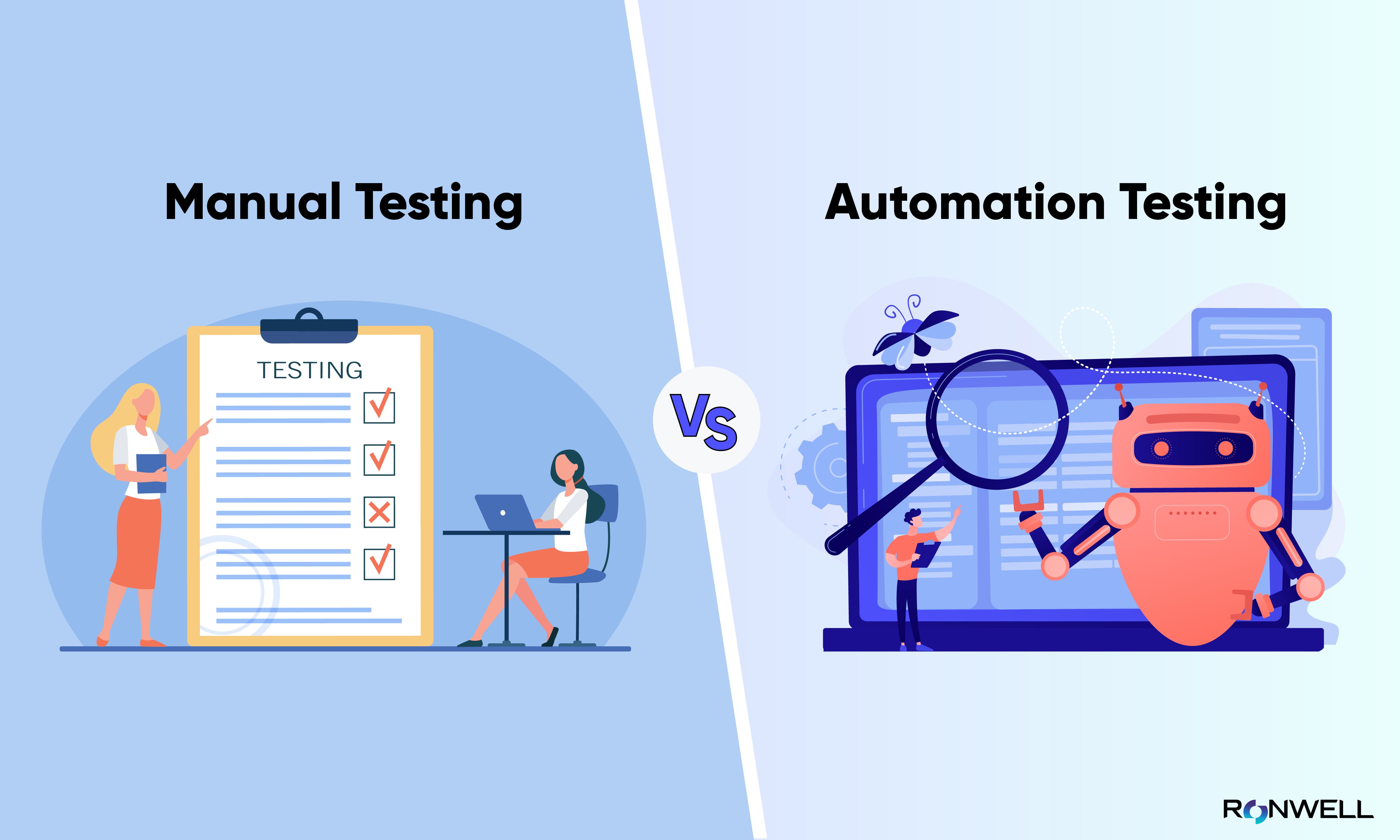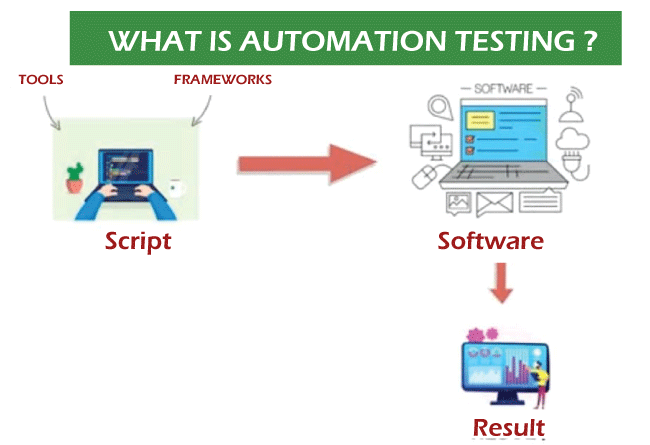From Manual to Automated Testing: A Comprehensive Guide to Transitioning Efficiently and Successfully
In the world of software screening, the change from manual to automated processes has come to be a progressively essential transition for organizations seeking to improve performance and accuracy in their screening techniques. The journey from manual to automated testing is not without its obstacles, but when come close to purposefully and with a clear plan in mind, the advantages can be substantial.
Advantages of Automated Evaluating
Automated screening supplies various benefits, improving performance and accuracy in software growth processes. One main benefit is the considerable reduction in testing time. Automated tests can be run at the same time on multiple gadgets and operating systems, considerably accelerating the testing stage compared to manual testing. This boosted performance enables faster comments on the top quality of the software, making it possible for developers to determine and resolve problems quickly.
In addition, automated testing makes sure a greater level of precision in finding issues. Considering that automated examinations adhere to predefined scripts, human error is minimized, leading to even more trusted test outcomes. Consistency in testing is also boosted, as automated tests carry out the very same actions specifically each time they are run. This consistency is crucial in making certain that all performances of the software application are completely examined, decreasing the chance of unseen bugs slipping via to manufacturing.
Selecting the Right Tools

First of all, analyze your purposes and demands. Comprehend the extent of your task, the innovations involved, and the capability of your team. This evaluation will assist you figure out the capacities and features you need in your testing tools.
Second of all, think about the compatibility of the tools with your existing procedures and systems. Smooth integration with your present software program development lifecycle is essential to make sure a smooth transition to automation.
In addition, evaluate the scalability and versatility of the tools. As your screening needs advance, the devices ought to have the ability to adapt and suit changes efficiently.
Last but not least, consider the support and community around the devices. When carrying out automated testing, durable support and an energetic user area can supply important resources and help. By carefully thinking about these elements, you can select the right devices that line up with your demands and set the stage for a successful transition to automated screening.
Composing Efficient Examination Scripts

When crafting examination scripts, it is important to think about the particular needs of the software program being checked and ensure visit the site that the manuscripts attend to all vital functionalities. Clear and descriptive calling conventions for examination scripts and examination cases can improve readability and maintainability. Furthermore, integrating error handling systems within the examination manuscripts can aid in recognizing and resolving issues promptly.
Moreover, organizing test scripts into modular components can improve reusability and scalability, decreasing redundancy and enhancing effectiveness in test script maintenance. Normal evaluations and updates to test scripts are crucial to equal progressing software program demands and capabilities. By following these concepts, testers can develop effective and robust test manuscripts that contribute significantly to the success of automated testing processes.
Integrating Automation Into Workflows
By perfectly incorporating automated screening devices like Selenium or Appium right into the software advancement lifecycle, groups can attain faster responses on code modifications, leading to quicker insect detection and resolution. This integration enables for continuous testing throughout the advancement process, guaranteeing that any problems are recognized early on, resulting in greater software application high quality. Proper integration of automation devices calls for cooperation between growth, screening, and procedures teams to develop a unified process that optimizes efficiency and performance in delivering high-quality software application products.
Making Sure a Smooth Shift
Successfully transitioning to automated screening involves thorough planning and mindful implementation to make best use of and decrease disruptions performance in the software growth procedure - automation testing. To make certain a smooth change, it is necessary to start by conducting a complete assessment of the present testing processes and identifying areas where automation can bring the most substantial advantages. Involving with all stakeholders early on while doing so, including designers, testers, and project managers, is crucial for amassing support and buy-in for the automation campaign
Interaction is key throughout this shift stage. Clear interaction of the goals, benefits, and assumptions of automated testing assists to handle any resistance or concerns that may arise. Additionally, giving ample training and sources for staff member to upskill in automation tools and techniques is crucial for making certain a successful change.

Final Thought
To conclude, transitioning from guidebook to automated screening uses various benefits, consisting of enhanced effectiveness and dependability. By picking the appropriate tools, composing effective test manuscripts, and integrating automation seamlessly into workflows, organizations can make sure a successful and smooth shift. It is vital to welcome automation as a useful property in software program screening processes to improve general quality and productivity.
In the realm of software program screening, the change from manual to automated procedures has actually become a progressively crucial change for organizations seeking to boost performance use this link and precision in their testing techniques. Automated examinations can be run all at once on multiple devices and running systems, significantly speeding up the screening Get the facts phase contrasted to hands-on testing. Uniformity in testing is additionally enhanced, as automated examinations perform the same actions specifically each time they are run.To make sure the effective application of selected screening devices, the development of reliable test manuscripts plays a vital role in verifying the functionality and performance of automated processes - automation testing. By following these concepts, testers can develop robust and reliable test scripts that add significantly to the success of automated testing procedures